Embark on an unforgettable adventure through the awe-inspiring archaeological sites of Peru, where the remnants of ancient civilizations stand as a testament to their ingenuity, power, and mystery. From the majestic Machu Picchu, often referred to as the “Lost City of the Incas,” to the mysterious Nazca Lines, Peru is a treasure trove of historical wonders waiting to be discovered. Each site unveils a unique story, offering a window into the advanced knowledge and culture of the civilizations that once thrived in this land.
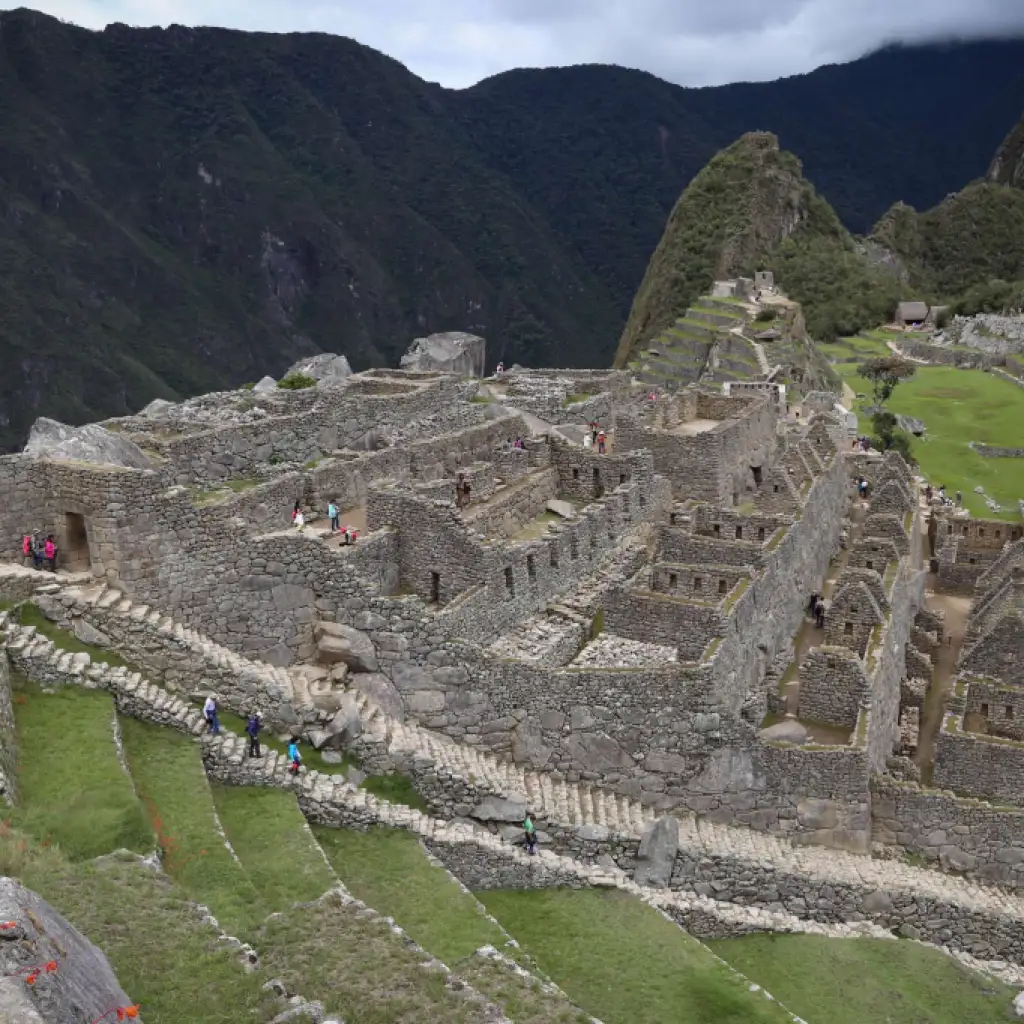
Machu Picchu, nestled high in the Andes, is arguably the crown jewel of Peru’s archaeological treasures. This iconic site, renowned worldwide for its stunning mountain setting and intricate Inca architecture, continues to captivate visitors. Abandoned centuries ago and hidden from the outside world until its rediscovery in 1911, Machu Picchu demonstrates the Incas’ mastery in engineering, agriculture, and astronomy. Its meticulously constructed stone structures and terraced fields showcase a deep understanding of the environment and the ability to harmonize architecture with nature. The city’s elevated position and precision stonework serve as enduring symbols of Inca innovation, leaving visitors in awe of their architectural brilliance.
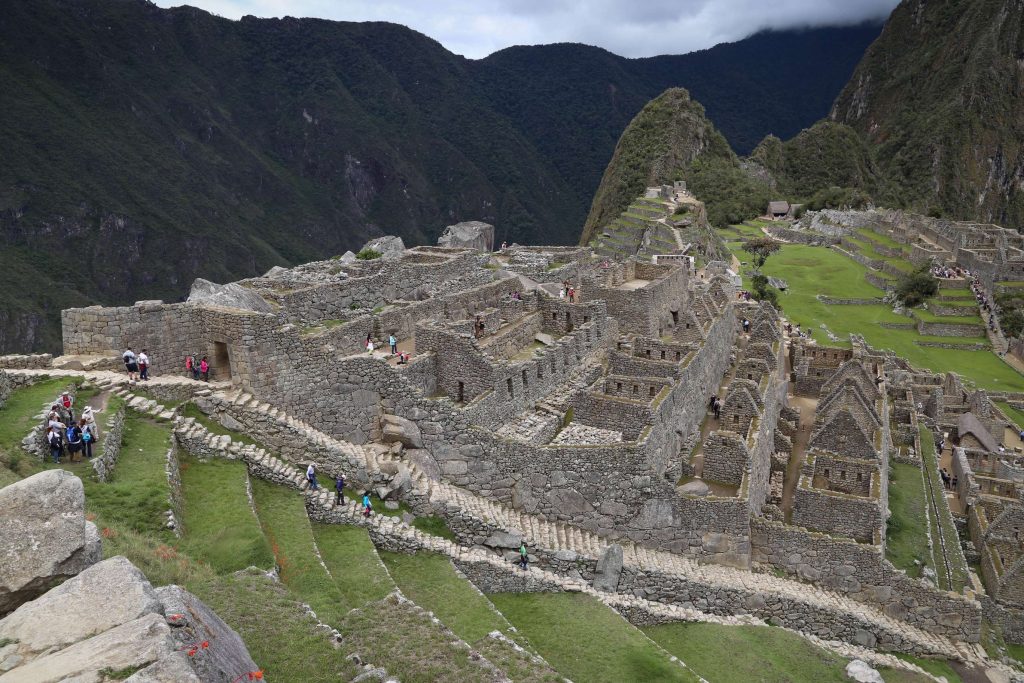
While Machu Picchu commands much of the attention, the lesser-known Choquequirao offers an equally breathtaking glimpse into Inca history. Often dubbed “Machu Picchu’s sister,” this remote city in the Apurímac Valley mirrors the grandeur of its more famous counterpart. With terraces, plazas, and ceremonial areas reminiscent of Machu Picchu, Choquequirao highlights the significance of its role within the Inca Empire. Its secluded location allows visitors to experience the magnificence of Inca civilization in an intimate and tranquil setting, away from the crowds. This site is less excavated than Machu Picchu, offering enormous potential for research and exploration, making it a must-visit destination for history enthusiasts and adventurers alike.
The Nazca Lines, etched into the arid desert of southern Peru, continue to baffle archaeologists and historians. These massive geoglyphs, depicting geometric patterns and animal figures, are best viewed from the sky. Created by the Nazca culture between 500 BCE and 500 CE, the purpose of these lines remains a subject of speculation. Some researchers suggest they served as astronomical calendars, while others propose they had religious or ceremonial significance. Regardless of their purpose, the precision and scale of the Nazca Lines are remarkable, reflecting an advanced understanding of spatial reasoning and artistic expression. These enigmatic carvings remain one of Peru’s most fascinating and mysterious cultural legacies.
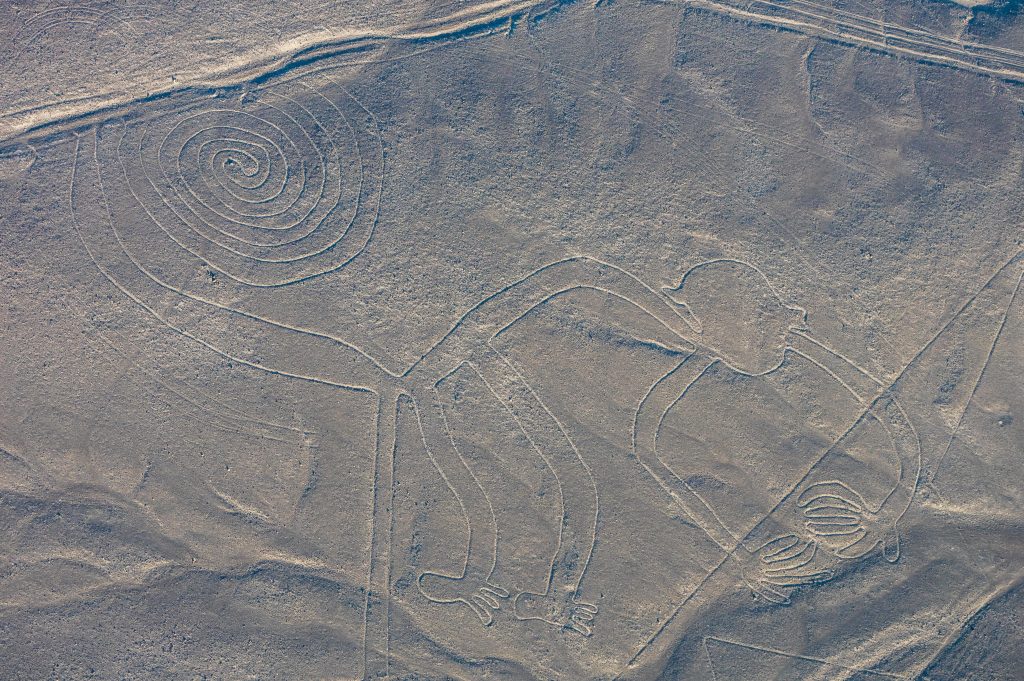
In the Sacred Valley lies the Moray Terraces, a unique archaeological site that highlights the Incas’ agricultural ingenuity. These circular terraces, descending in concentric rings, are believed to have functioned as an agricultural laboratory. By experimenting with different crop-growing techniques at varying altitudes, the Incas were able to adapt to the diverse ecological zones of their empire. The terraces mimic various microclimates, showcasing the Incas’ sophisticated understanding of the environment. Combined with an advanced irrigation system, these terraces allowed for optimal agricultural production, playing a vital role in sustaining the vast Inca Empire. The Moray Terraces stand as a testament to the Incas’ innovative approach to farming and their ability to harness nature’s resources effectively.
Sacsayhuamán, situated on the outskirts of Cusco, exemplifies the Incas’ prowess in military and ceremonial architecture. This fortified site, with its massive stone walls weighing over 100 tons each, showcases extraordinary stoneworking techniques. The precision with which these stones were fitted together—without the use of mortar—is still marveled at by modern engineers and historians. Once serving as a defensive stronghold and ceremonial center, Sacsayhuamán offers breathtaking views of Cusco and the surrounding valley. It also holds cultural significance as the site of the Inti Raymi festival, a major celebration honoring the sun god, Inti. The sheer scale and craftsmanship of Sacsayhuamán underscore the Incas’ advanced engineering capabilities and their ability to create monumental structures that blend functionality with artistic beauty.
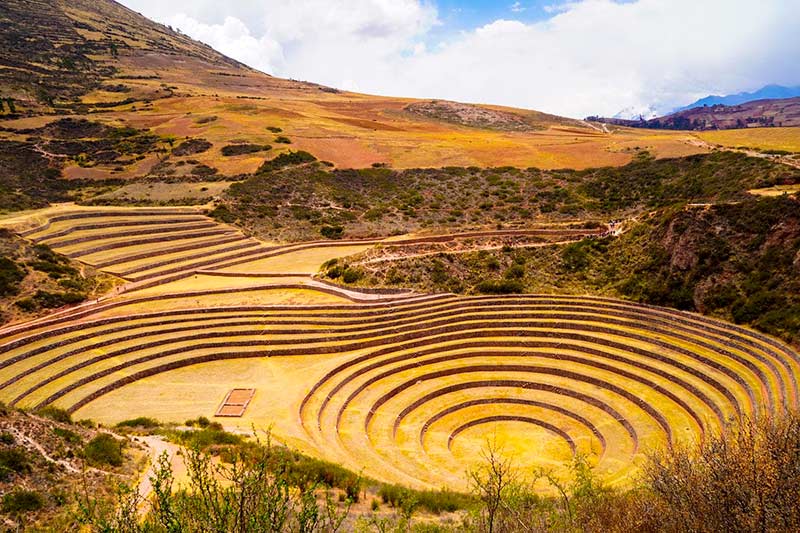
The legacy of the Inca Empire extends beyond its architectural marvels. Together, these sites provide a vivid glimpse into the complexity and sophistication of one of the largest empires in pre-Columbian America. From the agricultural innovations demonstrated at the Moray Terraces to the defensive might of Sacsayhuamán, each site tells a unique story of the Incas’ achievements. Machu Picchu, while the most iconic, is just one chapter in the rich history of a civilization that excelled in engineering, agriculture, and astronomy. The Incas’ lack of a written language did not hinder their ability to leave behind a cultural and architectural heritage that continues to inspire and captivate.
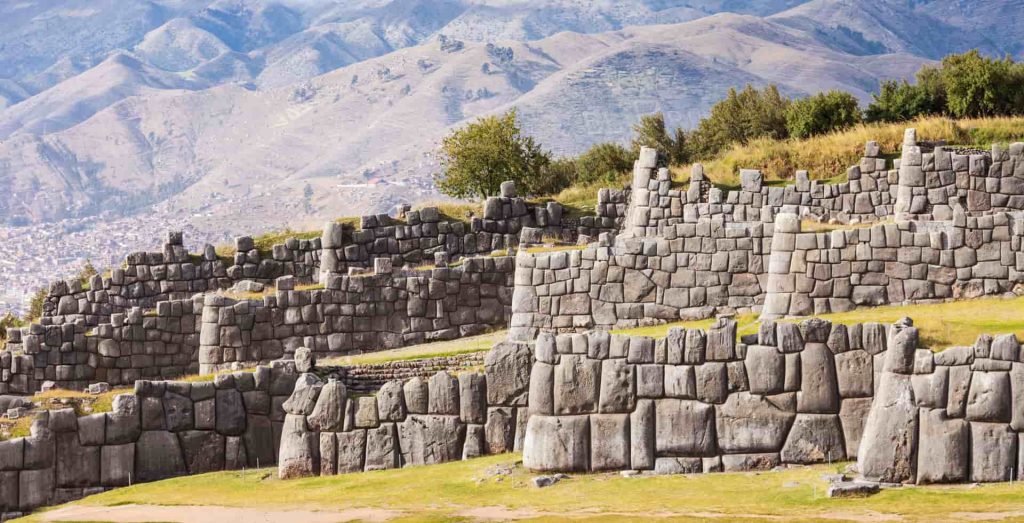
Much of Peru’s ancient history remains buried, waiting to be unearthed by future generations. These archaeological wonders offer more than a journey through time—they invite us to understand the culture, mythology, and brilliance of a civilization whose influence is still felt today. Walking through these forgotten cities is a powerful reminder that the past is never truly lost. It lives on in the ruins, whispering stories of innovation, resilience, and the enduring human spirit. Peru’s archaeological sites not only connect us to the ancient world but also inspire us to reflect on the ingenuity and determination that shaped the course of history.





